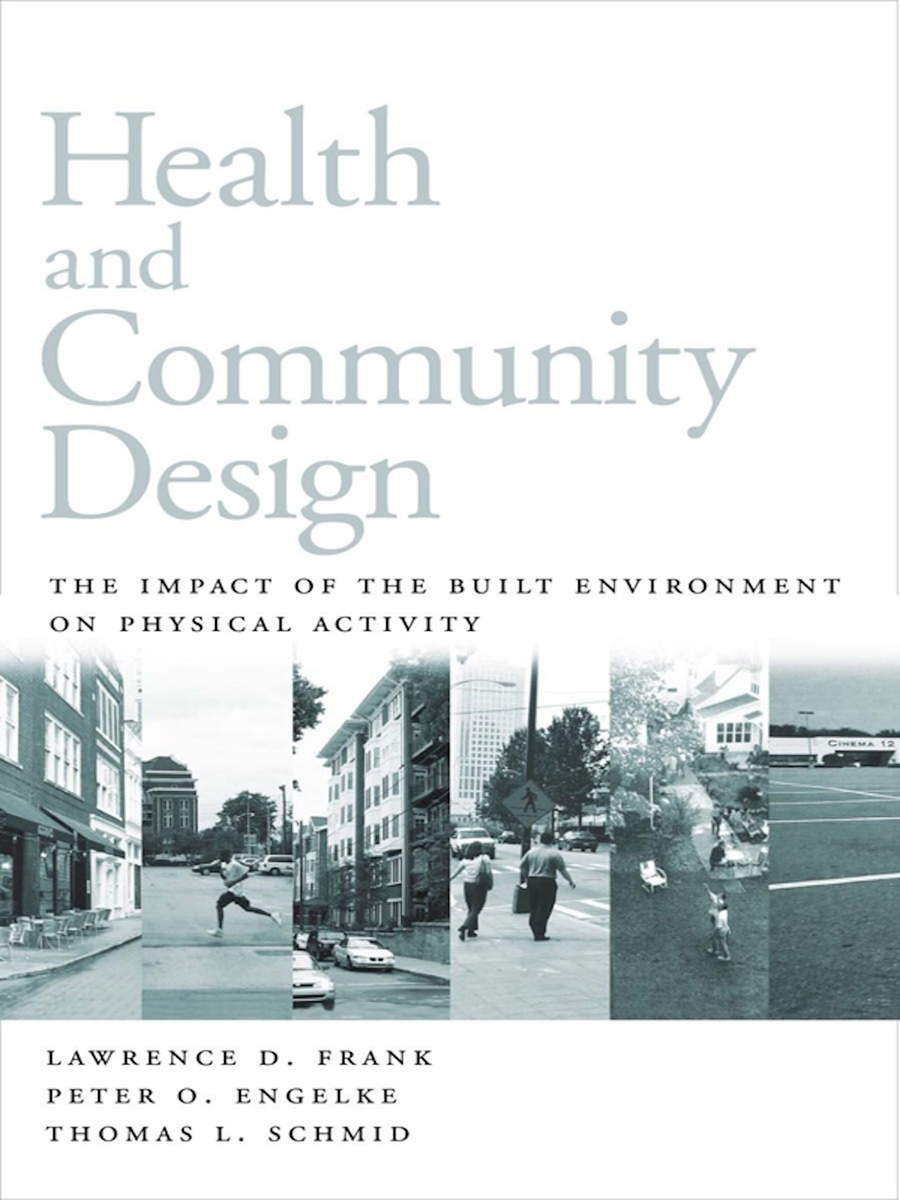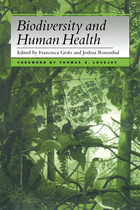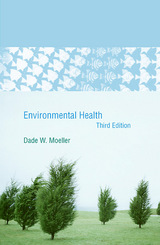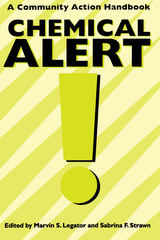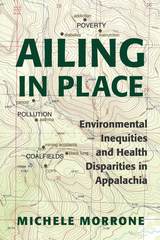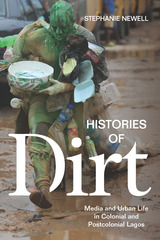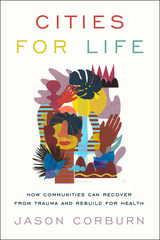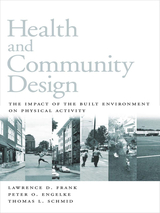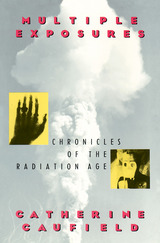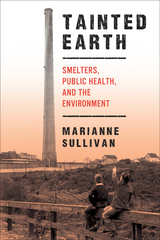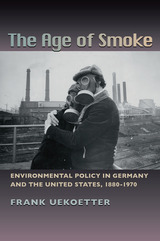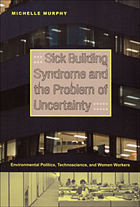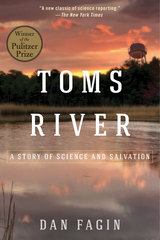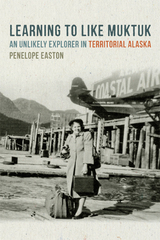Health and Community Design: The Impact Of The Built Environment On Physical Activity
Island Press, 2003
eISBN: 978-1-59726-861-5 | Paper: 978-1-55963-917-0
Library of Congress Classification RA566.7.F736 2003
Dewey Decimal Classification 362.1042
eISBN: 978-1-59726-861-5 | Paper: 978-1-55963-917-0
Library of Congress Classification RA566.7.F736 2003
Dewey Decimal Classification 362.1042
ABOUT THIS BOOK | AUTHOR BIOGRAPHY | REVIEWS | TOC | REQUEST ACCESSIBLE FILE
ABOUT THIS BOOK
Health and Community Design is a comprehensive examination of how the built environment encourages or discourages physical activity, drawing together insights from a range of research on the relationships between urban form and public health. It provides important information about the factors that influence decisions about physical activity and modes of travel, and about how land use patterns can be changed to help overcome barriers to physical activity. Chapters examine:
• the historical relationship between health and urban form in the United States
• why urban and suburban development should be designed to promote moderate types of physical activity
• the divergent needs and requirements of different groups of people and the role of those needs in setting policy
• how different settings make it easier or more difficult to incorporate walking and bicycling into everyday activities
A concluding chapter reviews the arguments presented and sketches a research agenda for the future.• why urban and suburban development should be designed to promote moderate types of physical activity
• the divergent needs and requirements of different groups of people and the role of those needs in setting policy
• how different settings make it easier or more difficult to incorporate walking and bicycling into everyday activities
See other books on: Built Environment | Health | Health aspects | Impact | Urban health
See other titles from Island Press
